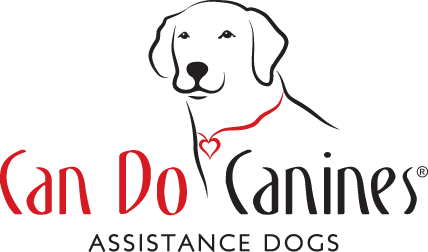Puppy getting overly aroused and biting? Just like children, some puppies don't always know when to take a break. Although they may protest being in their crate a bit at first, you'll likely find that they will be napping soon after you send them there.
Dog pawing or barking at you for attention? You can send a very clear message to the dog that unwanted behaviors result in a timeout. They have a chance to make better choices each time they come out of the crate.
Puppy fascinated by outside sights and smells and not focusing on "get busy" outings? Bring puppy inside for a brief crate time out and then head back outside to try again.
Got supervision or training fatigue? Sometimes as handlers we just need a break. Dogs require lots of supervision (especially very young puppies) and we sometimes get frustrated when working on teaching them new skills. If you're feeling the need to take a break, that's a perfect time to let the dog also do so. You'll both come back together with a fresh perspective after some time to yourselves.
When putting the dog in the crate, calmly direct them with their collar to the crate (you can pick up young puppies). Entering nicely earns them a kibble reward or a "good girl/boy." Refrain from using harsh verbal corrections. This isn't punishment. It is about reinforcing calmness and learning. Crate time allows the puppy to take a moment to pause, think and relax. The puppy may come out of the crate when they are calm and quiet (or after they've had a nice nap)!
If you work from home, remember to give the dog crate time periodically so they remain in practice with being crated and removed from you. Some errands can occur without the dog, so they get to practice being crated at home alone. Start with short sessions and build up the duration slowly if necessary.
For tips on introducing a kennel to a dog, please view our Crate Training resource.




